A. Manually placing the offset
I think the easiest solution is to plot x-offset, instead of x itself. Then just add a text field with the offset below the axes.
import numpy as np
import matplotlib.pyplot as plt
x = np.array([-0.02+np.pi/2, +0.02+np.pi/2])
y = [1,1]
plt.plot(x - np.pi/2, y)
plt.text(1, -0.07, "$+\pi / 2$", ha="right", va="top",
transform=plt.gca().transAxes)
plt.show()

B. Using a fixed formatter
Alternatively you can use a FixedFormatter and set its offset label manually.
import numpy as np
import matplotlib.pyplot as plt
x = np.array([-0.02+np.pi/2, +0.02+np.pi/2])
y = [1,1]
plt.plot(x, y)
xticks = np.array([-0.02, -0.01, 0, 0.01, 0.02])
plt.gca().set(xticks = xticks + np.pi/2,
xticklabels = xticks)
plt.gca().xaxis.get_major_formatter().set_offset_string("$+\pi / 2$")
plt.show()

The drawback of this is that the tick positions are fixed so you loose the nice labeling when zooming.
C. Using a custom locator and formatter with a fixed offset
This is possible but utterly complicated. The solution would look similar to Set scientific notation with fixed exponent and significant digits for multiple subplots but needs to use a Locator as well.
import numpy as np
import matplotlib.pyplot as plt
import matplotlib.ticker
class OffsetLocator(matplotlib.ticker.AutoLocator):
def __init__(self, offset=0):
self.fixed_offset = offset
matplotlib.ticker.AutoLocator.__init__(self)
def tick_values(self, vmin, vmax):
v = np.array([vmin,vmax])-self.fixed_offset
ticks = matplotlib.ticker.AutoLocator.tick_values(self, *v)
return ticks + self.fixed_offset
class OffsetFormatter(matplotlib.ticker.ScalarFormatter):
def __init__(self, offset=0, offsettext = None, mathText=True):
self.fixed_offset = offset
self.offset_text = offsettext
matplotlib.ticker.ScalarFormatter.__init__(self,useOffset=offset,
useMathText=mathText)
def _set_orderOfMagnitude(self, nothing):
self.orderOfMagnitude = 0
def _compute_offset(self):
return self.fixed_offset
def get_offset(self):
return self.offset_text or matplotlib.ticker.ScalarFormatter.get_offset(self)
x = np.array([-0.02+np.pi/2, +0.02+np.pi/2])
y = [1,1]
plt.plot(x, y)
plt.gca().xaxis.set_major_locator(OffsetLocator(np.pi/2))
plt.gca().xaxis.set_major_formatter(OffsetFormatter(np.pi/2, offsettext="$+\pi / 2$"))
plt.show()

The result looks similar to the above, but behaves completely natural like in all other cases where some offset is used. One will probably observe the differences only when playing with figure size, zooming and panning etc.



